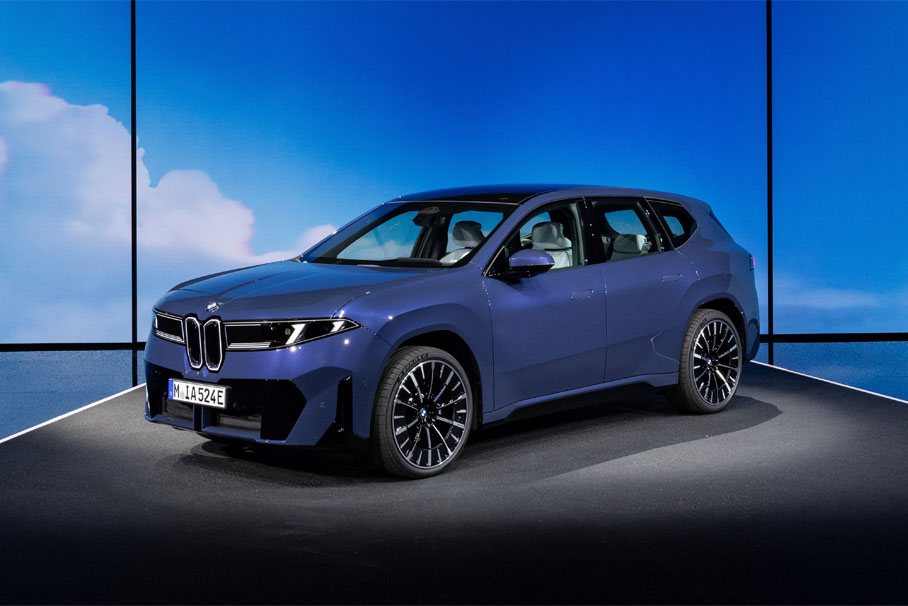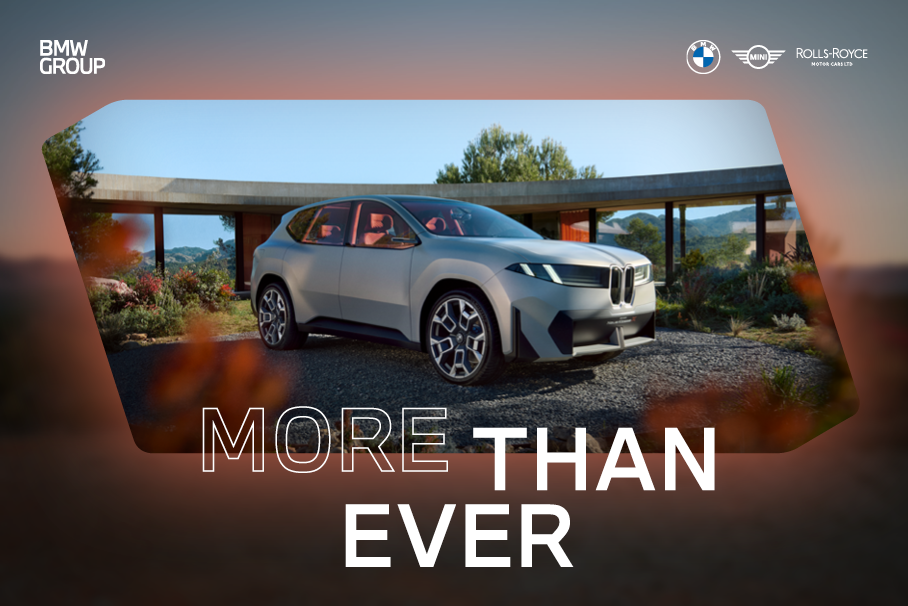Without a doubt, the most common scenario is charging from home, as that’s where the car is regularly parked for longer periods – overnight, for example. So it’s here that the customer needs reliable access to charging. Essentially, whether or not someone can install a wallbox beside their private parking spot isn’t really the question – although a wallbox probably is the most convenient solution. Far more, customers can benefit from the suite of Charge at Home services, ranging from installation of the various wallboxes to payment options for charging company cars at home or integrating private cars into home energy management systems.
In European cities especially, which have grown over the centuries and have high population densities, car owners rarely have their own parking spot, which in turn means no private charging solution. Estimates by BMW Group suggest that this is true of up to 75 percent of car owners based in densely populated urban centres. So to make electric mobility a realistic alternative for them as well, the company is involved in projects and consortiums in various cities to develop the public charging infrastructure for on-street parkers – because no matter how good the product offering, without proper solutions, electromobility will remain a huge compromise for these people. The BMW Group’s own studies indicate that a critical mass of between 0.5 and 1 public charging stations are needed per 100 inhabitants in cities. As electromobility ramps up to become a mass-market phenomenon, a sense of security around sufficient range and the visibility of charging stations in public places are crucial.
Another key place where cars could regularly be charged is at work. By 2021, the BMW Group will install more than 4,100 charging points for associates to use at the parking facilities of its various German sites. About half will be accessible to the public as well. Incidentally, when it comes to charging overnight or during working hours, capacity is not necessarily the issue, as vehicles are parked for long enough to replenish even the largest batteries, so this solution reduces the need for investments in the charging infrastructure without impacting quality for the user.
The Charge at Work service for fleet customers is based on exactly the same approach and is currently being rolled out. It also covers company car charging at home, including hardware installation and customer accounts, with the primary goal of eliminating anything that hampers the seamless transition between the various charging options. The BMW Group’s overall concept of fleets, management and charging is available to other large fleet operators as well, via the multi-brand mobility provider Alphabet.




















